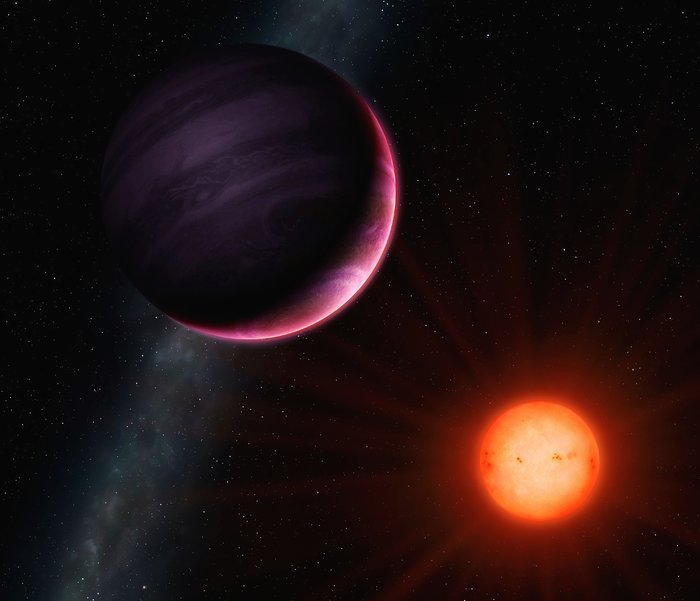Earth and some other planets in the solar system have complex, layered atmospheres. What the gas envelopes of extrasolar planets look like, however, is still largely unexplored – the resolution of telescopes is currently not high enough.
A team led by Bibiana Prinoth of Lund University in Sweden has now taken a closer look at the hot Jupiter WASP-189b using the CHEOPS space telescope and the HARPS instrument at the La Sila Observatory in Chile. The gas giant WASP-198b, 322 light-years from us, orbits its star very closely and is therefore so hot that it radiates on its own. It also follows a 90-degree tilted polar orbit around the star.
The spectral lines show that WASP-189b’s atmosphere must have multiple layers because the nature of its blue shift cannot be explained by the planet’s rotation alone. “Our results show that the atmospheres of intensely irradiated gas giant planets have complex three-dimensional structures,” Hoeijmakers said.
The new study also provides more information about a special component of the gas envelope of hot Jupiters: titanium oxide. “Titanium oxide absorbs short-wavelength radiation, such as ultraviolet radiation,” explains co-author Kevin Heng of the University of Bern. For some time, there have been indications that this molecule might be present in the hot atmospheres of such gas giants. “However, previous observations had low resolution, making it difficult to distinguish from other UV absorbers and systematic interference effects,” the team writes.
The high-resolution spectral analyses by CHEOPS and HARPS now clearly demonstrate that WASP-189b’s gas envelop contains titanium oxide. “Its discovery may indicate a layer in WASP-189b’s atmosphere that interacts with stellar irradiation in a manner similar to the ozone layer on Earth,” Heng explains.
Read more about here.

